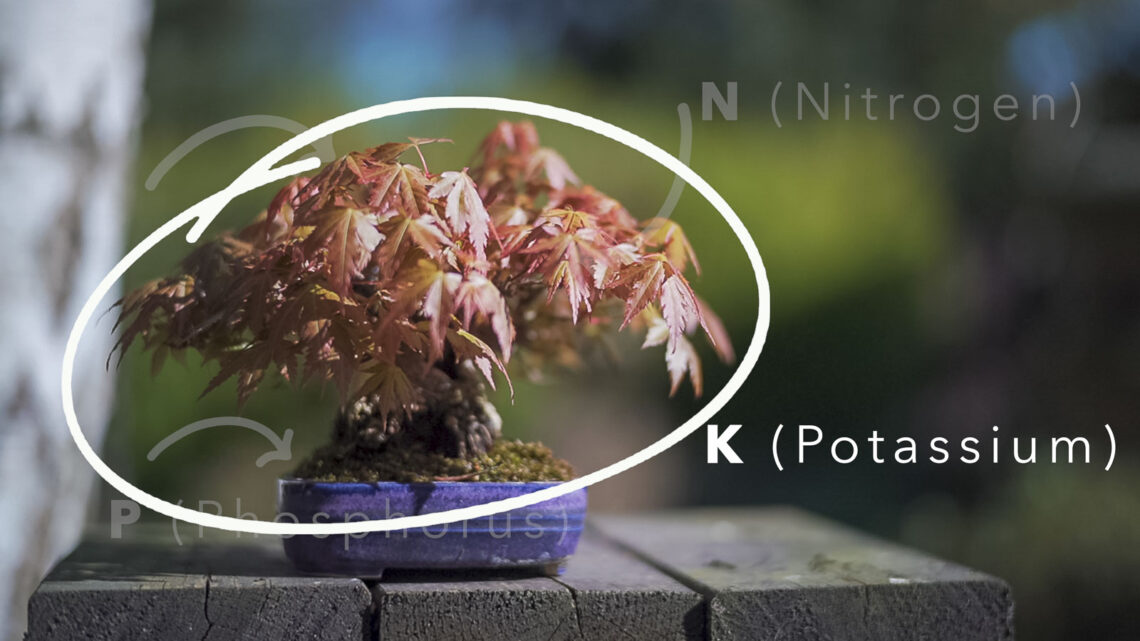
Bonsai spring fertilizing
Spring is around the corner. Celebrated by changing from freezing temperatures during February and jumping to mild friendly temperatures within just a week.
Bonsai spring preparations have started. Cleaning the stands and tables in the bonsai garden, and moving trees out again after a period inside the cold frame during the period of freezing.
Spring is the busy time of the year with repotting and cleaning all up. And it is time to fertilize again any time soon.
Here I will give a good overview of what fertilizers do for your trees. The strategy of fertilizing also is important and will be covered in the March edition of our online tutorials for our members. Published March 1.
Sign up for your membership here. Save 30% by using the coupon code bonsai30 at checkout for your first membership period.
Understanding N-P-K
So what is the N, P and K on the fertilizer labels? The main nutrients featured will be the N-P-K ratio, and showing the percentage the product contains by volume of nitrogen (N), phosphorus (P), and potassium (K).
For example, a 15-15-15 fertilizer has 15% nitrogen, 15% phosphorus, and 15% potassium. The rest is Micronutrients like cobbler and iron and the rest is the material that binds it all together.
In a fluent variation, this will be the water.
Remember to dilute any fertiliser in hand warm water so it blends well before watering, and secure better uptake by the roots.
Trees and plants need food to grow healthy. Some of this comes from the air and with the water. Carbon from CO2 in the air, hydrogen from water, and oxygen from water and air.
When we look at the nutrients, again the NPK, they have different purposes for the growth and health of the tree.
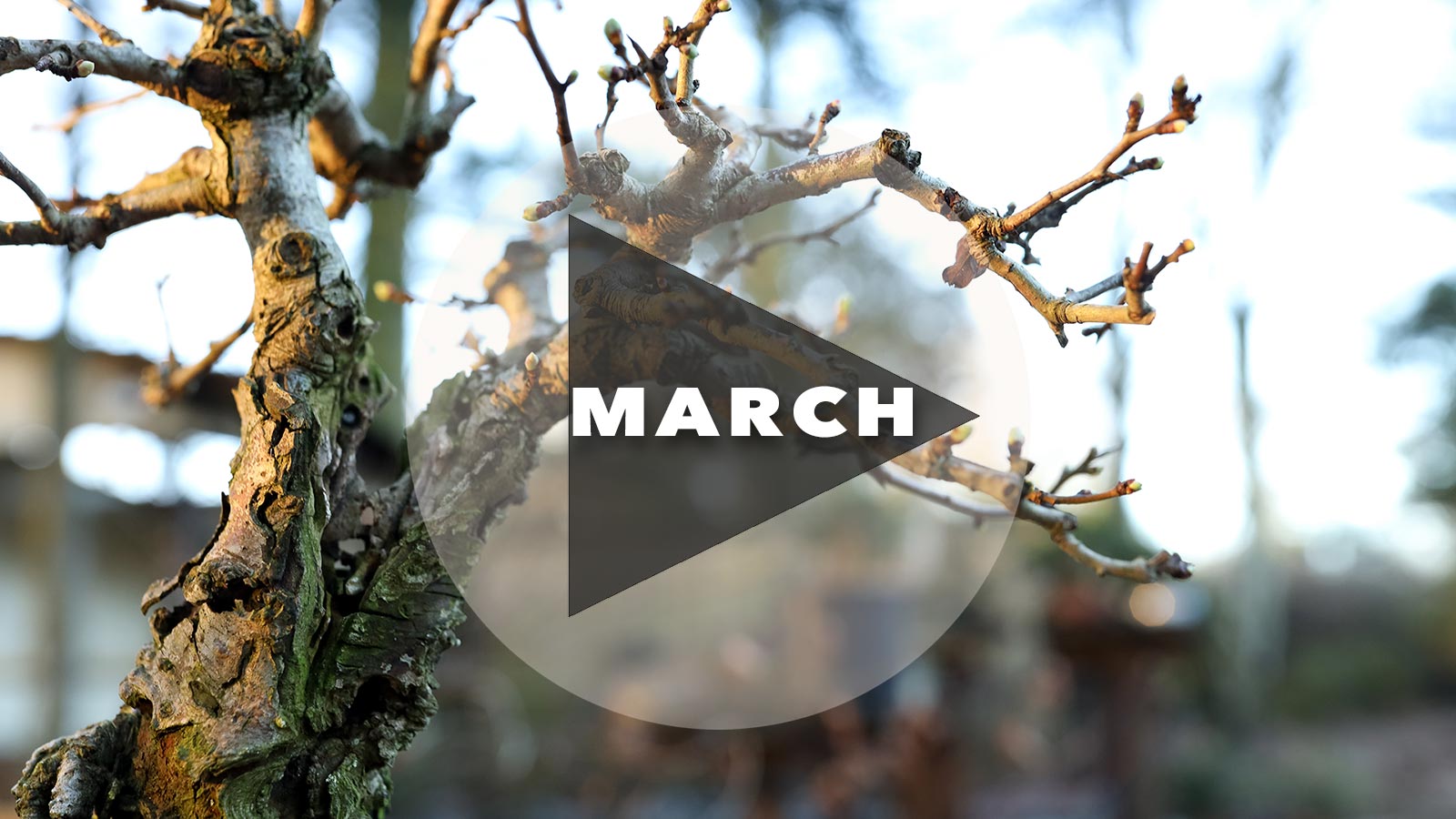
Nitrogen
- helps the plants and trees to make the proteins they need to produce the new tissue. In other words, it produces the new strong growth why we try to avoid in spring when growth already is strong at established bonsai. In nature, nitrogen is often in short supply so plants have evolved to take up as much nitrogen as possible, even if it means not taking up other necessary elements. If too much nitrogen is available, the plant may grow abundant foliage but not produce fruit or flowers.
Phosphorus
- stimulates root growth, and it helps the plant set buds and flowers. It improves the vitality by helping Transfer the energy from one part of the plant to another. To absorb phosphorus, most plants require a soil pH of 6.5 to 6.8. Organic matter and the activity of soil organisms also increase the availability of phosphorus.
Potassium
- improves the overall vigour of the plant. It helps the plants make carbohydrates and provides disease resistance. It also helps regulate metabolic activities.
There is much more to this, which will be explained not only in the March episode.
I will continue the fertilizer subject throughout the growing season, explaining in-depth and practical, how to fertilize your bonsai. Month by month.
Headlines
The headlines in March are:
- Seasonal care
- Fertilizing
- Deadwood at deciduous bonsai
- Preserving deadwood at a Potentilla
- Repotting flowering bonsai
- Tool care
- Developing and improving Nebari
Ready Monday, March 1.
1 hour and 44 minutes to enjoy.
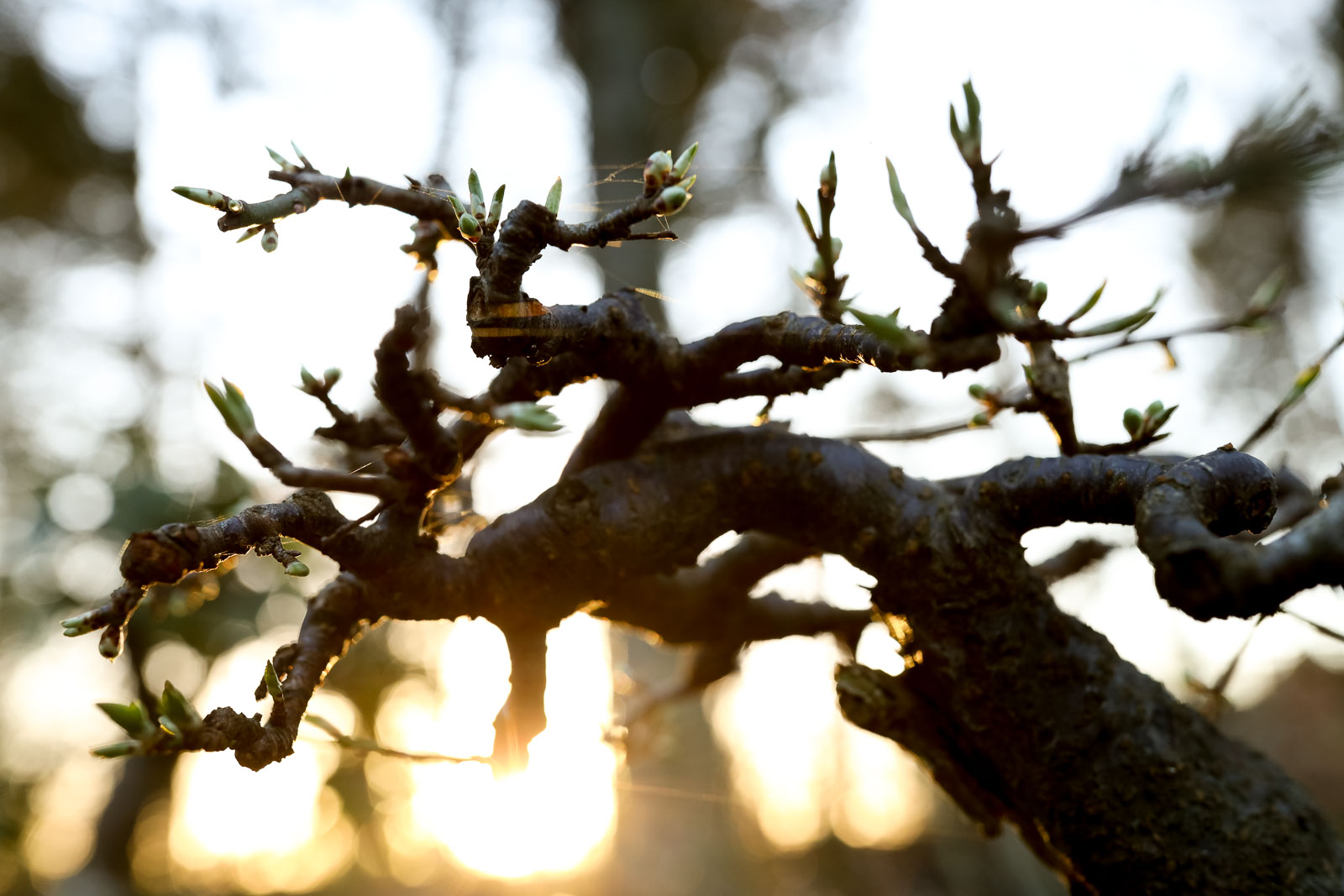
Kisetsu-en Shohin & Bonsai Online
Monthly a large theme about the seasons is published. Produced as HQ video from the garden and studio with Morten Albek.
Become a member of Kisetsu-en Bonsai. Join the special spirit of our bonsai philosophy. Ask your questions in the Q&A about bonsai growing, styling, and care. You get a written and personal answer and selected questions are also answered as video responses in each episode.
JOIN NOW and start your journey with us.



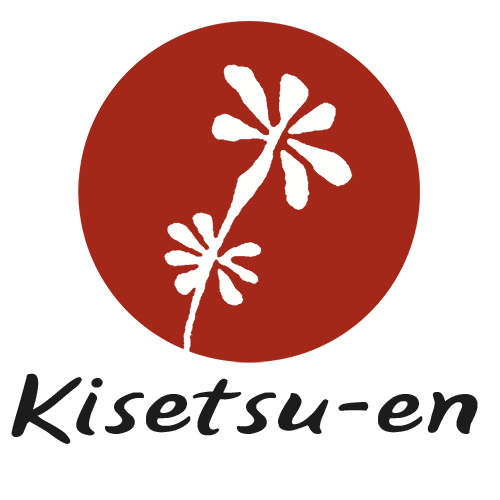
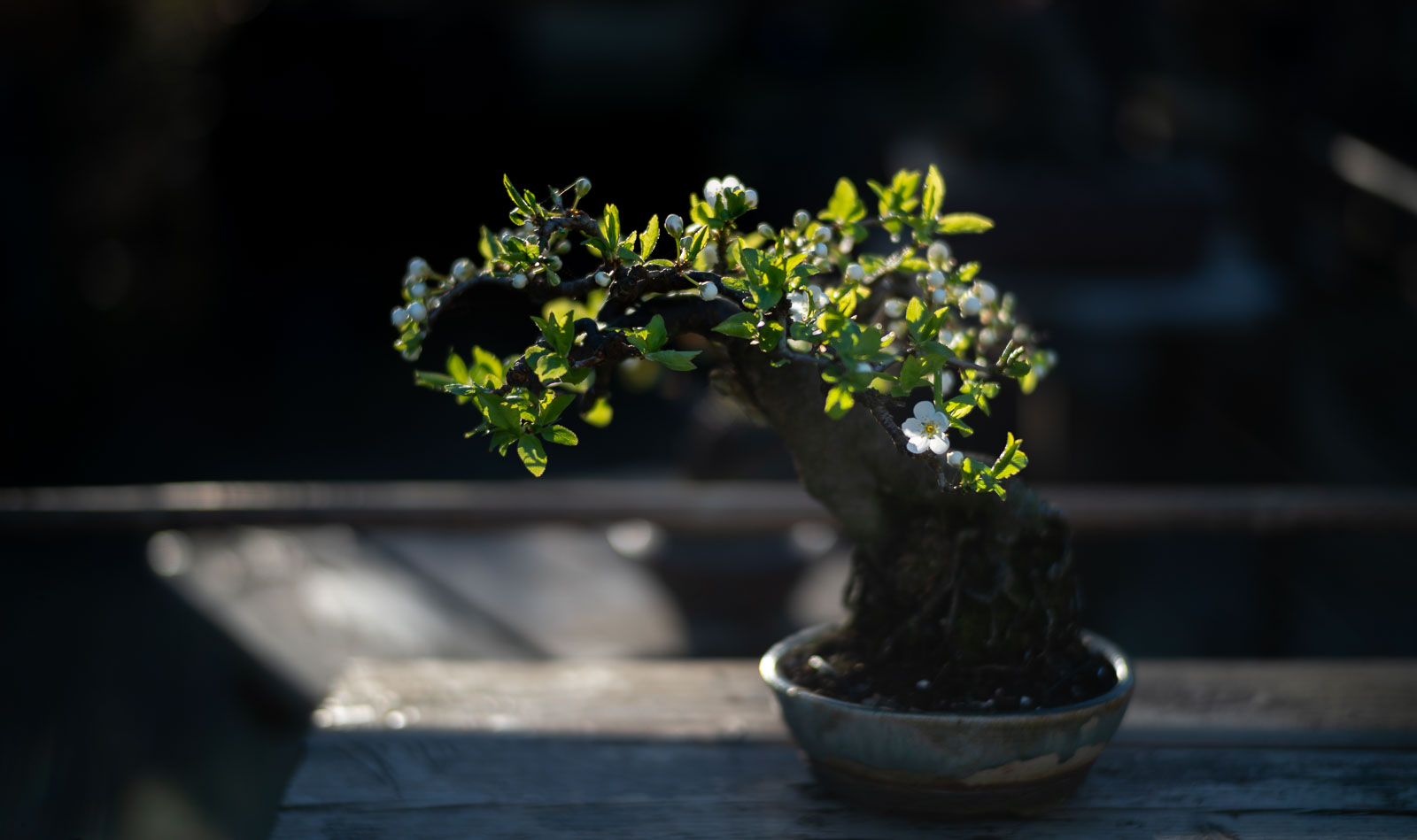
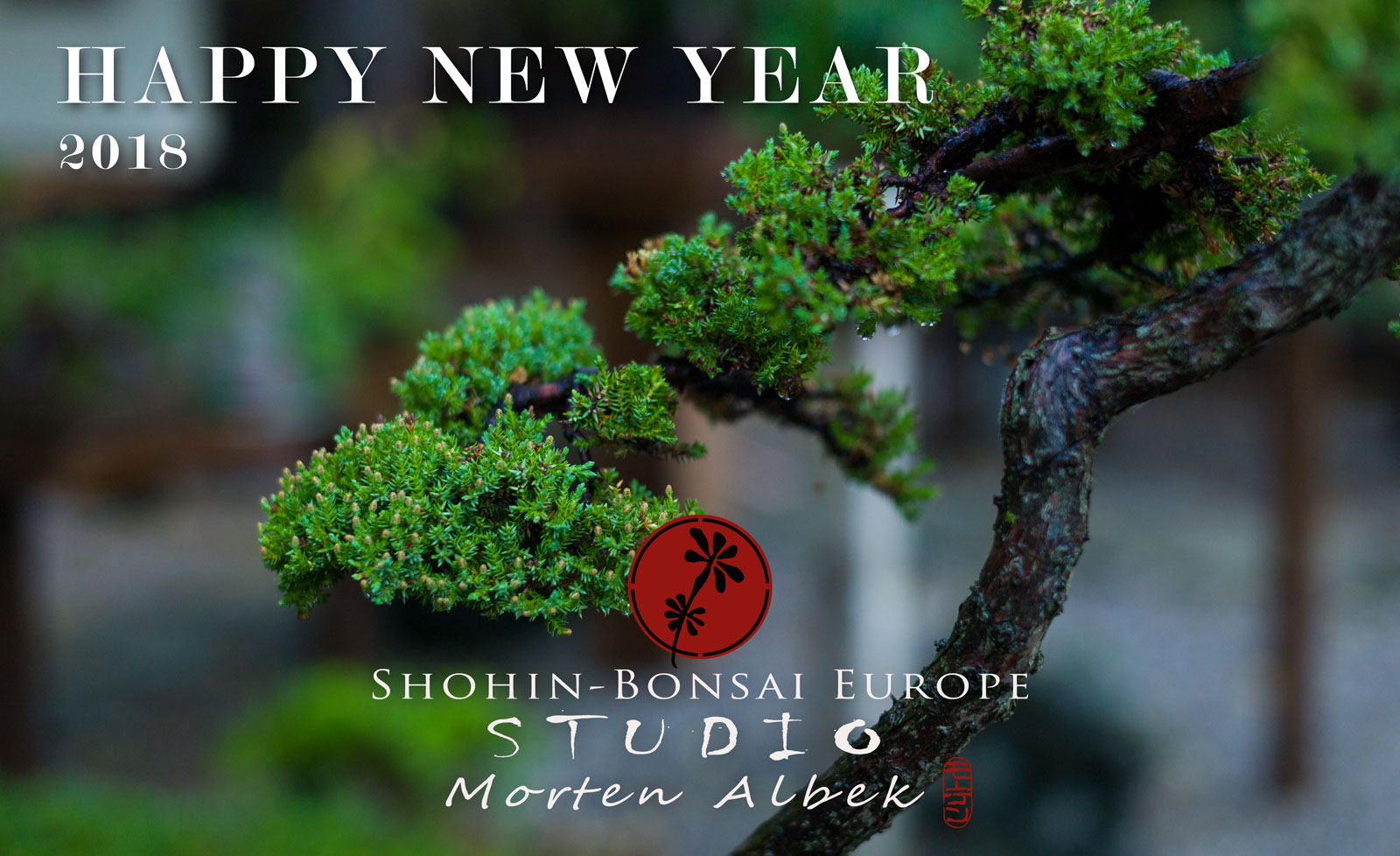
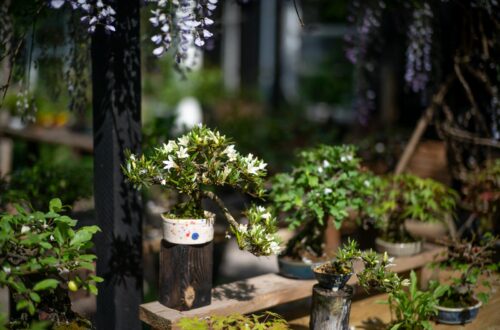
One Comment
Pingback: